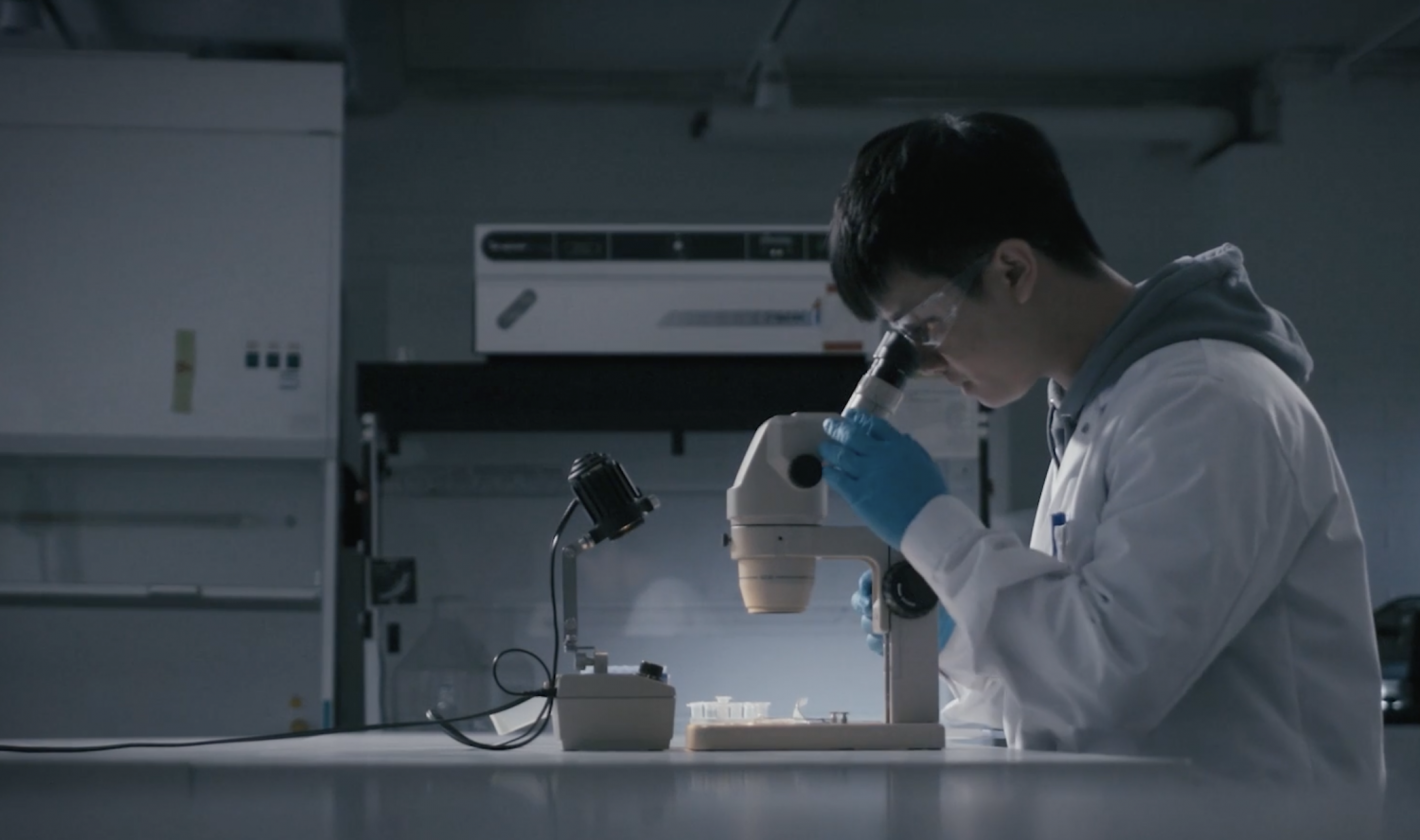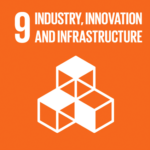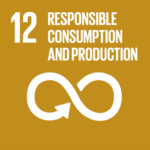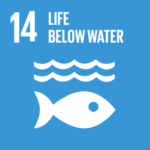Biomaterials from Microbial Chitin

Blog - Published 12.12.2023
In a world where plastic pollution is rampant, sustainable biomaterials have become increasingly important. An Nguyen, a doctoral student at the Centre for Young Synbio Scientists, is focusing on using synthetic biology tools to develop new cost-effective ways to produce sustainable biomaterials.
An comes from Vietnam, which is one of the countries most affected by plastic pollution.
“So I really understand the negative impacts of plastic pollution on the environment and also in our daily life,” says An.
An’s research specifically aims to produce chitin and chitosan from a microbial source, with the goal of reducing the production costs of these biomaterials. Although chitin may be familiar to some as an ingredient in gin and the first malaria medicine, its importance will extend far beyond these applications.
Chitin is a versatile polymer found in the shells of crustaceans and the cell walls of fungi. It is a promising candidate for a range of applications, from wastewater treatment to biomedical engineering. However, the current primary source of chitin, shellfish waste from the fishing industry, is not sustainable in the long run. For example, it is known that crayfish and oyster farming causes harmful damage to natural marine systems. The solution would be to cultivate chitin using biotechnology. An uses microbial fungi to co-produce this highly versatile polymer in bioreactors with other valuable products such as proteins or lipids. Typically, when microbes are grown, the desired end product is either extracted from the growth medium or inside the cells and the remaining biomass is discarded. But in this case, the entire biomass can be utilized.
“The primary product can then be extracted from either the medium or the cells, and the cell biomass is often considered waste. However, chitin and chitosan are also a component of the cell wall of these fungi, we can actually use the waste biomass as well,” explains An.
An increases the natural production of chitin by creating stress for the fungus.
“The novelty in my research, at least in biotechnology, is that I focus on using a defense mechanism in yeast that is activated when the yeast is in a stressful environment. What happens is that the pathway increases the synthesis of the cell wall in yeast. A simple explanation could be that when you are in cold weather, you tend to wear a thicker jacket. It’s the same for yeast. You build a thicker cell wall,” says An.
Understanding and developing microbial pathways benefits the entire field of biotechnology. “When I started studying biology, I was always interested in microorganisms. I’m fascinated by the complexity that exists in such a small thing with all the pathways, all the mechanisms working in harmony with each other. And I think the idea that we can use these complex things as our mini factories to produce basically anything, opens so many windows for creativity,” says An.
Agenda2030
An Nguyen’s research on producing chitin and chitosan from a microbial source using synthetic biology tools has the potential to contribute to several United Nations sustainability goals, including:
- Goal 12: Responsible consumption and production – By developing cost-effective ways to produce sustainable biomaterials, An’s research supports the goal of promoting sustainable consumption and production patterns.
- Goal 14: Life below water – By finding an alternative source of chitin production that does not rely on shellfish waste, An’s research could help reduce the negative impact of the fishing industry on marine ecosystems.
- Goal 9: Industry, innovation, and infrastructure – An’s use of synthetic biology tools to develop a new production method for chitin and chitosan represents an innovative approach to sustainable biomaterials production.



